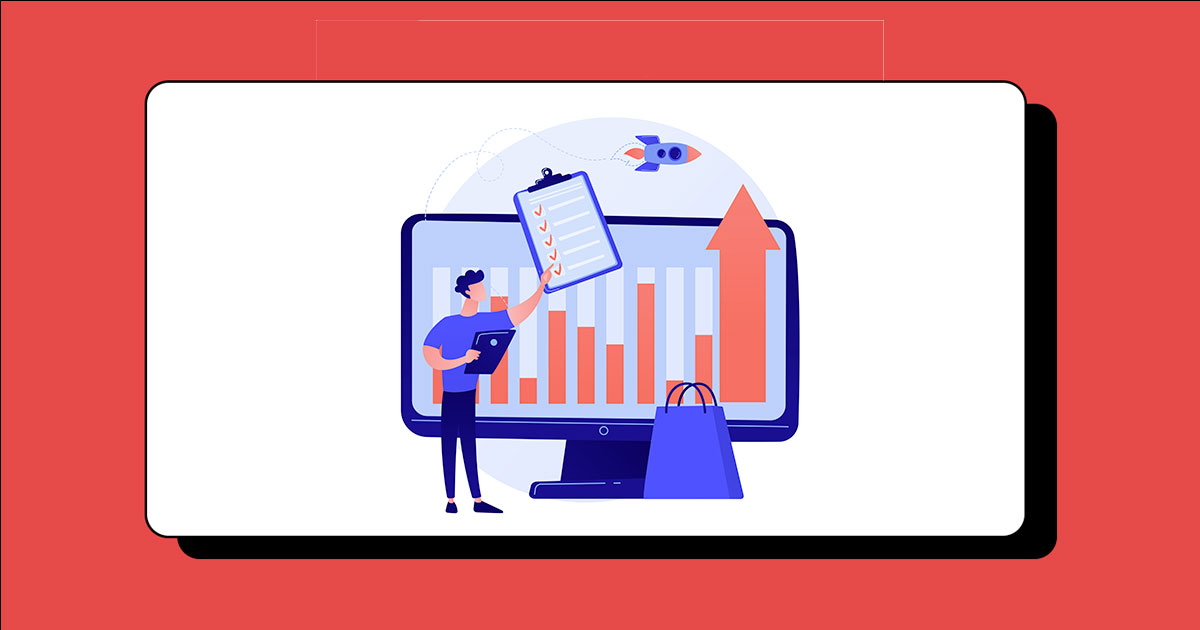7 Steps To Increase Conversions Of Ecommerce
Do you want to turn more of your e-commerce store visitors into paying customers?
For any e-commerce business, increasing the conversion rate is a top priority - and for good reason.
With the right strategies, you can level up your current e-commerce store conversion rates and increase sales and revenue.
In this blog post, we'll provide seven effective steps to increase the conversion rate of your e-commerce store so that you can get the maximum return on investment from your website traffic.
If you want to supercharge your e-commerce SEO, reach out to us!
Table of contents
What factors contribute to e-commerce conversion rates staying low?
How is the e-commerce conversion rate calculated?
How to increase the e-commerce conversion rate?
Key Takeaways
What factors contribute to e-commerce conversion rates staying low?
1. Poor user experience
One of the main factors that can contribute to low e-commerce conversion rates is a poorly designed website. For customers to be able to find what they're looking for and make a purchase, e-commerce websites need to have an intuitive design and easy-to-navigate interface.
If users can't find what they're looking for or are confused about the checkout process, they will likely abandon their purchase.
2. Complex site structure
In order for customers to have a positive experience on an e-commerce website, it must be structured in a way that encourages them to make a purchase. Sites with complicated navigation menus, too many steps in the checkout process, or cluttered product pages can scare customers away.
3. Poor Mobile Experience
E-commerce websites should also be optimized for mobile devices, which more and more shoppers are using to make purchases. Make sure your site is optimized for mobile so that customers can easily browse and make a purchase from their phones or tablets.
4. Lack of SEO optimization
Another factor that can contribute to low e-commerce conversion rates is poor SEO optimization. One of the main ways to get customers shopping online for your e-commerce site is through organic search engine traffic. To do this, you need to make sure your website is properly optimized for search engine rankings.
This includes ensuring that you've chosen the right keywords, optimizing page titles, meta descriptions, and headings, as well as making sure all of your images are properly tagged with relevant alt text. Also, be sure to create high-quality content around the products and services you offer.
Read More: SEO Strategy For Ecommerce Websites 2023
How is eCommerce conversion rate calculated?
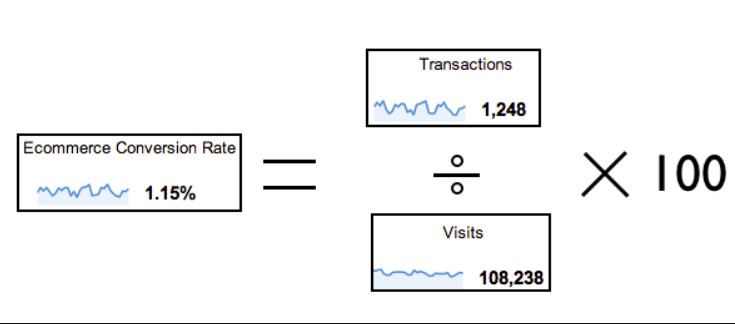

The e-commerce conversion rate is the percentage of visitors to an online store who convert into customers.
To calculate this metric, you need to divide your total number of orders by the total number of visitors to your site, and then multiply by 100.
For example, if you had 500 website visitors in a given month and 50 orders, then your e-commerce conversion rate would be 10%.
Moreover, the average conversion rate of e-commerce sites based on the industry is 2% to 4%. (Source). The higher your e-commerce conversion rate, the more successful your e-commerce website will be.
How to increase eCommerce conversion rate?
E-commerce conversion rate optimization can be a daunting task, but with the right strategies, you can maximize your store’s potential.
Here are seven steps to increase your store's conversion rate:
1. Add social proof of product reviews and ratings
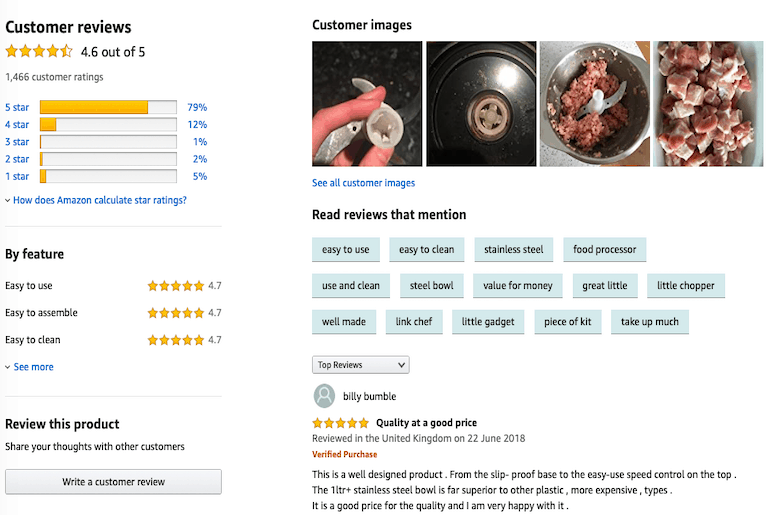

Social proof is a powerful tool to help boost conversion rate on e-commerce sites.
Showcasing customer reviews, star ratings, and testimonials can help build trust and give visitors the confidence to make a purchase.
In addition, displaying the number of customers who have already purchased an item or how many people are viewing it at any given time can drive more conversions.
2. Reduce the number of steps in the checkout process
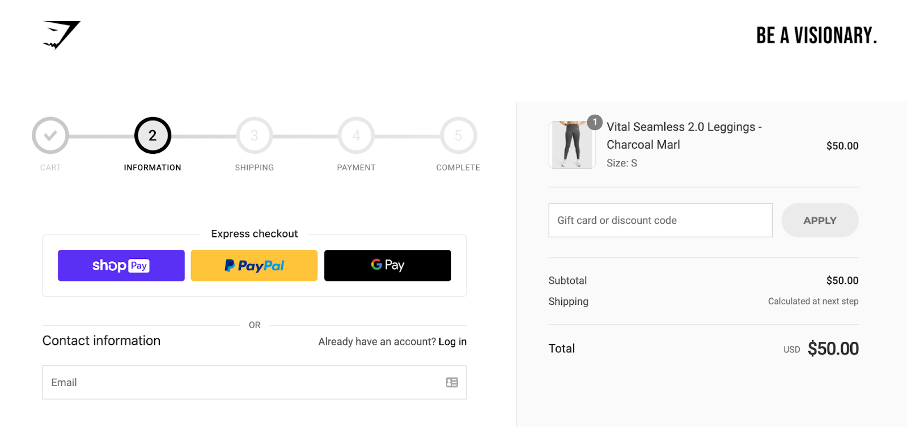

One of the key areas to focus on when it comes to e-commerce conversion rates is the checkout process. Make sure your checkout page steps are simple and seamless, with only a few steps for customers to complete their purchases.
Removing any unnecessary fields or asking customers to create an account can help speed up the checkout process and make it easier for customers to complete their purchases.
3. Offer free shipping
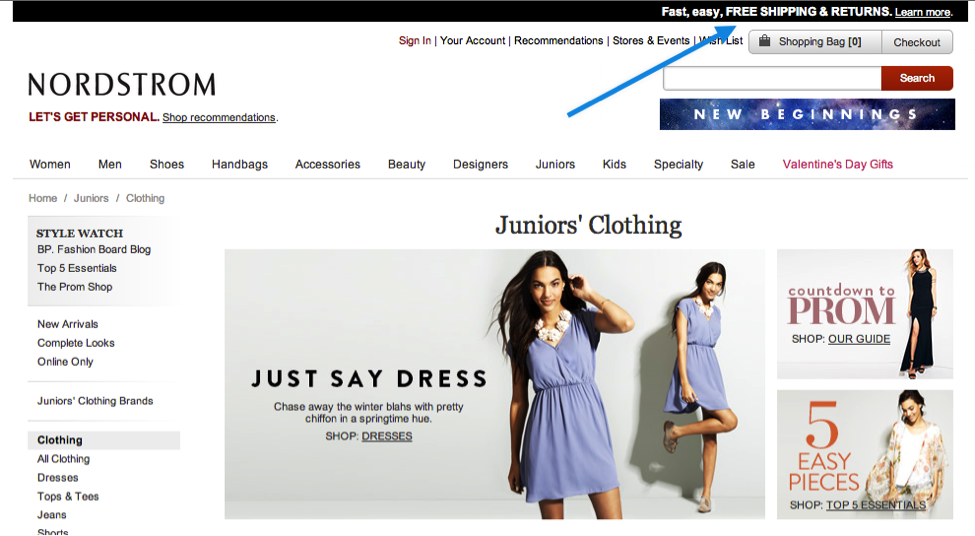

Offering free shipping is a great way to encourage customers to purchase on your e-commerce site. According to a recent survey, free shipping was considered the most effective sales promotion.
Further, visitors are more likely to become customers when they don't have to worry about additional shipping costs. To support this, this study has shown that giving customers free shipping can increase online sales by up to 30%.
If you're unable to offer free shipping on all items, consider offering it for orders over a certain dollar amount. This can help incentivize customers to make larger purchases to take advantage of the free shipping offer.
4. Optimize for mobile
Did you know that 56% of in-store shoppers search for products from mobile devices before purchasing? And shoppers are less likely to visit an e-commerce site with a poor mobile experience.
As more and more shoppers are using their mobile to make online purchases. So, to drive visitors to become leads, your e-commerce website must be compatible and usable on any device: Desktop, mobile, or table.
It's essential that e-commerce businesses adopt a mobile responsive design. As a result, you can offer a seamless online shopping experience to your potential customers.
Read More: Mobile SEO: 9 Essential Best Practices And Tools
5. Provide multiple payment options
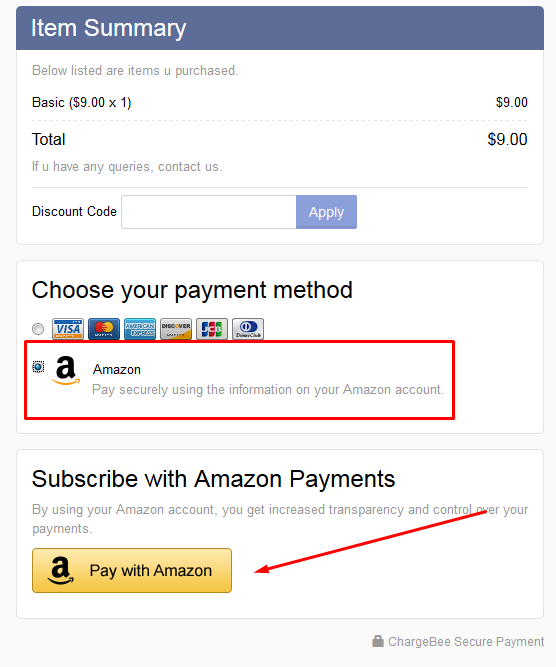

Another way to increase e-commerce conversion rates is by offering customers a variety of payment options. This can include credit cards, debit cards, PayPal, Apple Pay, Google Pay, and more.
By giving shoppers the flexibility to choose their preferred method of payment, it makes it easier for them to complete their purchases.
6. Provide limited-time coupon codes
One way to increase your e-commerce conversion rate is to offer limited-time coupon codes. Giving customers a discount on their purchases can be a great incentive for them to complete their transactions. Customers will feel like they're getting a good deal and be more likely to make the purchase.
When providing limited-time coupon codes, it's important to make sure that they expire after a certain amount of time. This will create urgency and encourage customers to complete their purchase before the offer expires.
7. Use shopping cart abandonment software
Shopping cart abandonment software can be an effective tool for e-commerce stores to reduce abandoned carts and improve e-commerce sales. This type of software allows online retailers to identify when customers add items to their cart but don't complete the purchase.
The software then sends personalized emails to these customers, reminding them about their unfinished orders and providing incentives for them to finish their purchases. By offering customers reminders and incentives, businesses can reduce their shopping cart abandonment rate and boost sales.
8. Use A/B testing
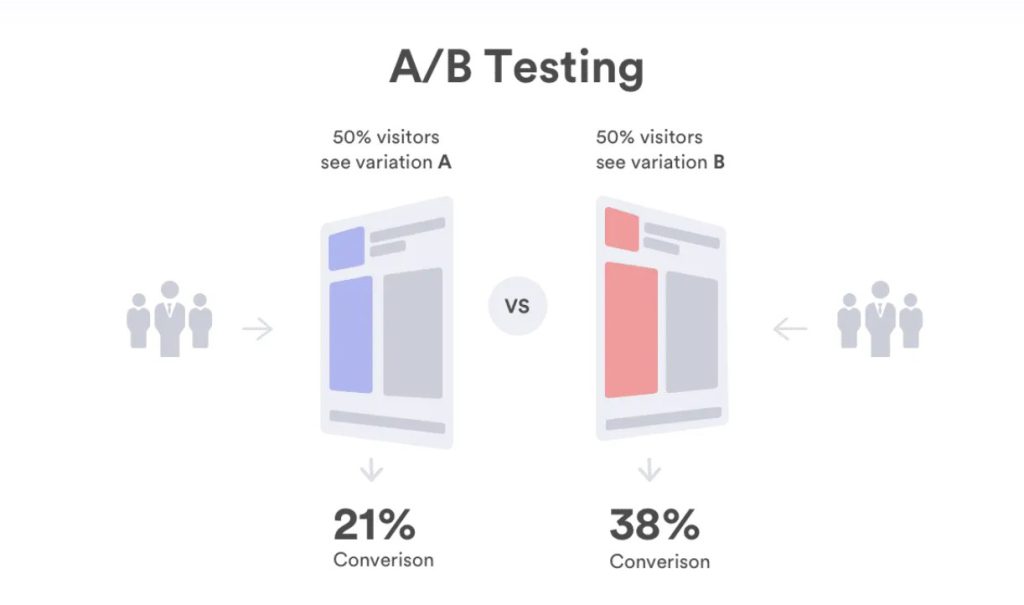

Finally, another great way to increase your e-commerce conversion rate is by using A/B testing.
This type of testing involves creating two versions of a web page or product page and seeing which one performs better.
By doing this, you can determine which elements on the page are most effective in converting customers and optimize your website for maximum conversions.
9. Use high-quality images and video on your product pages
Using high-quality images and videos on product pages can be a great way to increase e-commerce conversion rates. By displaying images of the products, customers will have a better understanding of what they are buying and be more likely to complete their purchase.
Additionally, using videos can also be beneficial as it allows customers to get a more in-depth view of the product, which can increase the chances of them completing their purchase.
Read More: E-commerce SEO Checklist to Drive Sales in 2023
Tools That Can Help Improve Ecommerce Conversion Rates
There are many tools available that can help improve e-commerce conversion rates. These include customer relationship management (CRM) systems, analytics software, email marketing platforms, and content personalization tools.
01. Customer Relationship Management (CRM)
Customer Relationship Management (CRM) software helps businesses track customer data and behavior in order to better understand their needs. By using a CRM, businesses can segment their customers and build more personalized experiences that will lead to higher conversion rates. HubSpot Sales CRM, SalesForce Sales Cloud, Zoho CRM, ActiveCampaign for Sales are a few of the platforms you can experiment with.
02. Analytics software
Analytics software provides businesses with detailed insights into customer behavior on their website. This data can be used to optimize product pages and other areas of the website in order to increase conversions. For example, Google Analytics can be used for this purpose.
03. Email marketing platforms
Email marketing platforms allow businesses to send targeted messages to their customers. By creating personalized emails and offering discounts or other incentives, businesses can increase the likelihood of customers completing their purchases. Intuit MailChimp, Moosend, Mailer Lite are some great platforms to explore.
04. Content personalization tools
Content personalization tools give businesses the ability to tailor content to specific customer segments. This allows business owners to create a more targeted message that resonates with individual customers, increasing conversions.
By utilizing these tools, you can optimize your e-commerce business for maximum conversion rates.
Read More: 5 Best Ecommerce Platforms For SEO in 2023
Key Takeaways
From using discounts and shopping cart abandonment software to implementing A/B testing and employing high-quality images and video on product pages, there are many strategies that can be used to boost conversions.
Additionally, utilizing tools such as CRM software, analytics platforms, email marketing services, and content personalization tools can also help improve conversion rates.
By following these tips and using the right tools, businesses will be able to optimize their e-commerce sites for maximum conversions.
Let's power up your e-commerce together!


